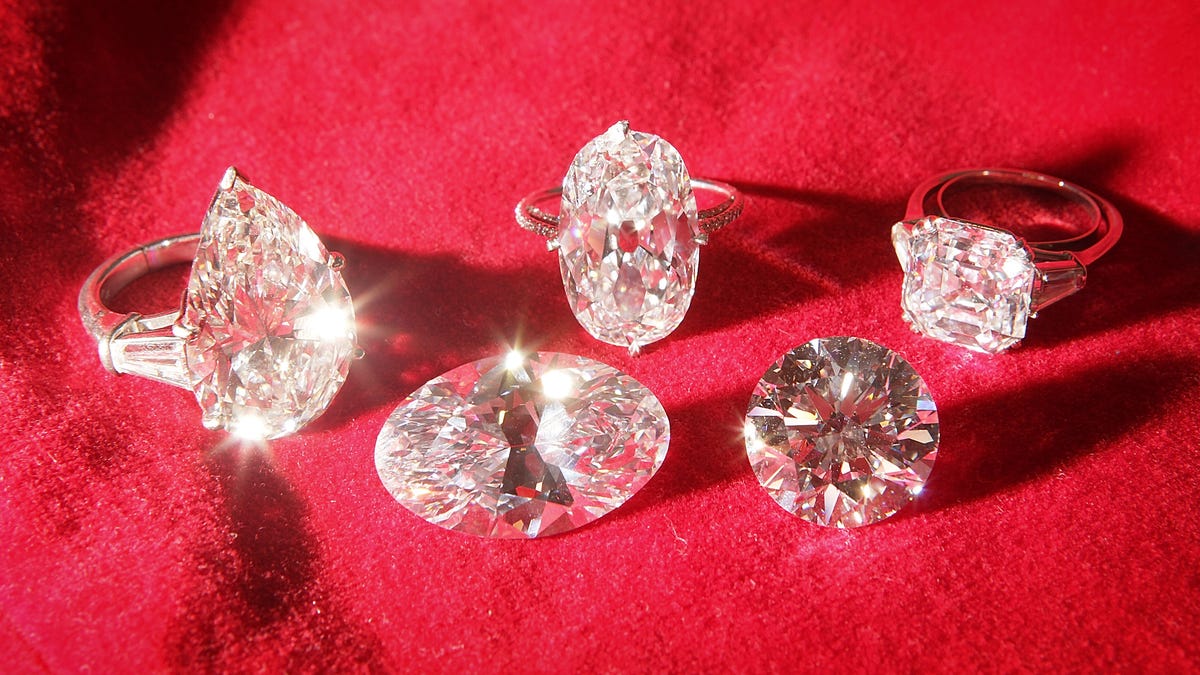In today’s world, where conscious consumerism and sustainability are at the forefront of many purchasing decisions, the popularity of lab-made diamonds is on the rise. But what exactly are lab-made diamonds, and why should you consider them over their natural counterparts?
Introduction to Lab Made Diamonds
What are lab-made diamonds? Lab-made diamonds, also known as synthetic or cultured diamonds, are man-made gems created in controlled laboratory environments. They possess the same chemical composition and physical characteristics as natural diamonds but are grown under controlled conditions rather than being mined from the earth.
How are they different from natural diamonds? While natural diamonds form deep within the Earth’s crust over millions of years, lab-made diamonds are created in a matter of weeks using advanced technology. Despite this difference in origin, lab-made diamonds exhibit identical optical and chemical properties to natural diamonds.
Benefits of Buying Lab-Made Diamonds
Cost-effectiveness One of the most compelling reasons to opt for lab-made diamonds is their affordability. Typically, lab-made diamonds are priced significantly lower than their natural counterparts, making them an attractive option for budget-conscious consumers.
Ethical considerations Unlike natural diamonds, which may be associated with unethical mining practices and human rights violations, lab-made diamonds are produced ethically in controlled environments. Choosing lab-made diamonds allows consumers to support an industry free from the controversies surrounding diamond mining.
Environmental impact The environmental footprint of lab-made diamonds is considerably smaller compared to that of natural diamonds. Lab-grown diamonds require minimal land disturbance and eliminate the need for environmentally damaging mining practices, making them a more sustainable choice for eco-conscious buyers.
Quality and Durability
Comparison with natural diamonds In terms of quality and durability, lab-made diamonds are virtually indistinguishable from natural diamonds. Both types of diamonds undergo rigorous testing and adhere to the same certification standards, buy lab made diamonds, ensuring that consumers receive a high-quality product regardless of its origin.
Certification standards Lab-made diamonds are certified by reputable gemological laboratories, providing consumers with assurance regarding their quality and authenticity. Popular certification bodies include the Gemological Institute of America (GIA) and the International Gemological Institute (IGI).
Variety and Customization
Range of colors and cuts One of the advantages of lab-made diamonds is the wide range of colors and cuts available. From classic white diamonds to fancy colored diamonds in hues like pink, yellow, and blue, lab-made diamonds offer versatility and customization options to suit every preference.
Personalized options Many retailers of lab-made diamonds offer customization services, allowing customers to design their own unique pieces of jewelry. Whether it’s an engagement ring, necklace, or pair of earrings, personalized lab-made diamond jewelry adds a special touch to any occasion.
Understanding the Process
Diamond growth techniques Lab-made diamonds are created using one of two main techniques: high-pressure, high-temperature (HPHT) or chemical vapor deposition (CVD). Both methods simulate the natural conditions under which diamonds form, resulting in gems that are chemically identical to natural diamonds.
Quality control measures Throughout the diamond growth process, strict quality control measures are implemented to ensure that each lab-made diamond meets the highest standards of quality and purity. This attention to detail guarantees that consumers receive diamonds of exceptional brilliance and clarity.
Dispelling Myths
Misconceptions about lab-made diamonds Despite their growing popularity, lab-made diamonds are often surrounded by misconceptions and myths. Some people believe that lab-made diamonds are inferior to natural diamonds in terms of quality and value, but this couldn’t be further from the truth.
Debunking common myths In reality, lab-made diamonds are virtually identical to natural diamonds in terms of their physical and chemical properties. They are just as durable, brilliant, and valuable as their natural counterparts, making them a viable alternative for discerning buyers.
Shopping Guide
Factors to consider when buying lab-made diamonds When purchasing lab-made diamonds, there are several factors to consider, including the diamond’s cut, color, clarity, and carat weight. Additionally, buyers should research the reputation of the retailer and ensure that the diamond comes with a reputable certification.
Reliable sources and retailers To ensure a positive buying experience, it’s essential to purchase lab-made diamonds from reputable sources and retailers known for their commitment to quality and customer satisfaction. Look for retailers with transparent pricing and excellent customer reviews.
Caring for Lab-Made Diamonds
Maintenance tips Proper care and maintenance are essential for preserving the beauty and brilliance of lab-made diamonds. To keep your diamonds looking their best, avoid exposing them to harsh chemicals, and regularly clean them with a gentle jewelry cleaner and a soft brush.
Cleaning and storage recommendations When not in use, store your lab-made diamonds in a soft cloth or jewelry box to protect them from scratches and damage. Avoid storing them alongside other jewelry pieces that may cause abrasions or chips.
Popularity and Trend
Rise of lab-made diamonds in the market In recent years, lab-made diamonds have gained widespread acceptance and popularity among consumers seeking ethical and sustainable alternatives to natural diamonds. This shift in consumer preferences has led to increased demand for lab-made diamond jewelry across the globe.
Consumer preferences Today’s consumers are man made diamonds than ever about the social and environmental impact of their purchasing decisions. As awareness grows, more people are choosing lab-made diamonds for their beauty, value, and ethical credentials.




